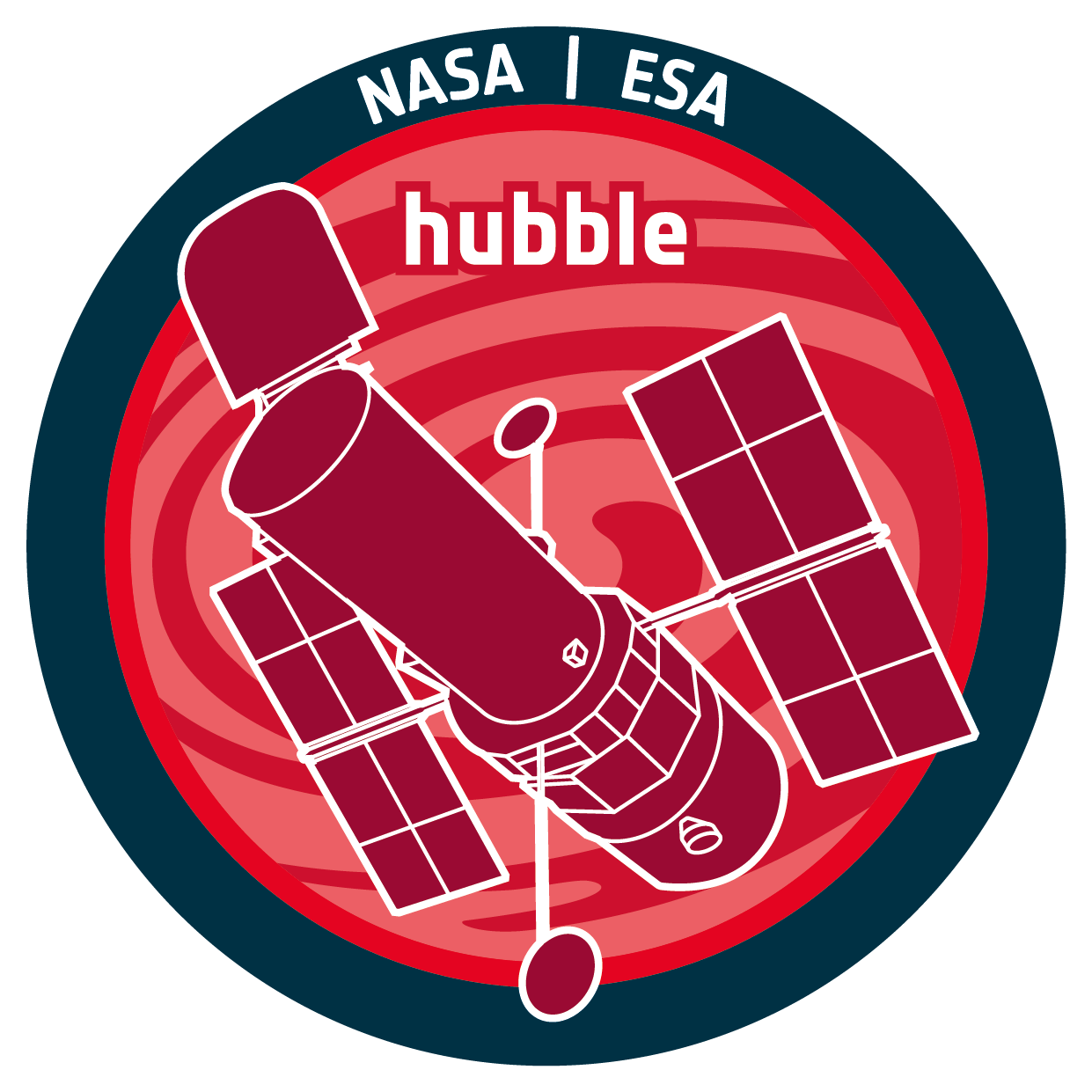

| Name | 8655 |
| Title | Geometric Distances of Globular Clusters {GO part} |
| URL | https://hst.esac.esa.int/ehst/#/pages/search;proposal=8655;TAPCLIENT=DOI |
| DOI | https://doi.org/10.5270/esa-0j6pqkt |
| Author | European Space Agency |
| Description | This is a scientific proposal for HST mission. For specific information please visit https:\\archive.stsci.edu\proposal_search.php?id=8655&mission=hst |
| Publication | Cataclysmic and Close Binaries in Star Clusters. V. Erupting Dwarf Novae, Faint Blue Stars, X-Ray Sources, and the Classical Nova in the Core of M80, Shara, Michael M.,Hinkley, Sasha,Zurek, David R., The Astrophysical Journal, 634, 2005-12-01 00:00:00, 2005ApJ...634.1272S||The ubiquitous nature of the horizontal branch second U-jump. A link with the Blue Hook scenario?, Momany, Y.,Bedin, L. R.,Cassisi, S., Astronomy and Astrophysics, 420, 2004-06-01 00:00:00, 2004A&A...420..605M |
| Instrument | WFPC2, WFPC2/PC |
| Temporal Coverage | 2000-06-21T16:14:14Z/2001-04-13T16:34:54Z |
| Version | 1.0 |
| Mission Description | Launched in 1990, the NASA/ESA Hubble Space Telescope remains the premier UV and visible light telescope in orbit. With well over 1.6 million observations from 10 different scientific instruments, the ESA Hubble Science Archive is a treasure trove of astronomical data to be exploited. |
| Creator Contact | https://support.cosmos.esa.int/esdc/index.php?/Tickets/Submit |
| Date Published | 2002-04-16T11:51:59Z |
| Publisher And Registrant | European Space Agency |
| Credit Guidelines | European Space Agency, 2002, Geometric Distances Of Globular Clusters {Go Part}, 1.0, European Space Agency, https://doi.org/10.5270/esa-0j6pqkt |